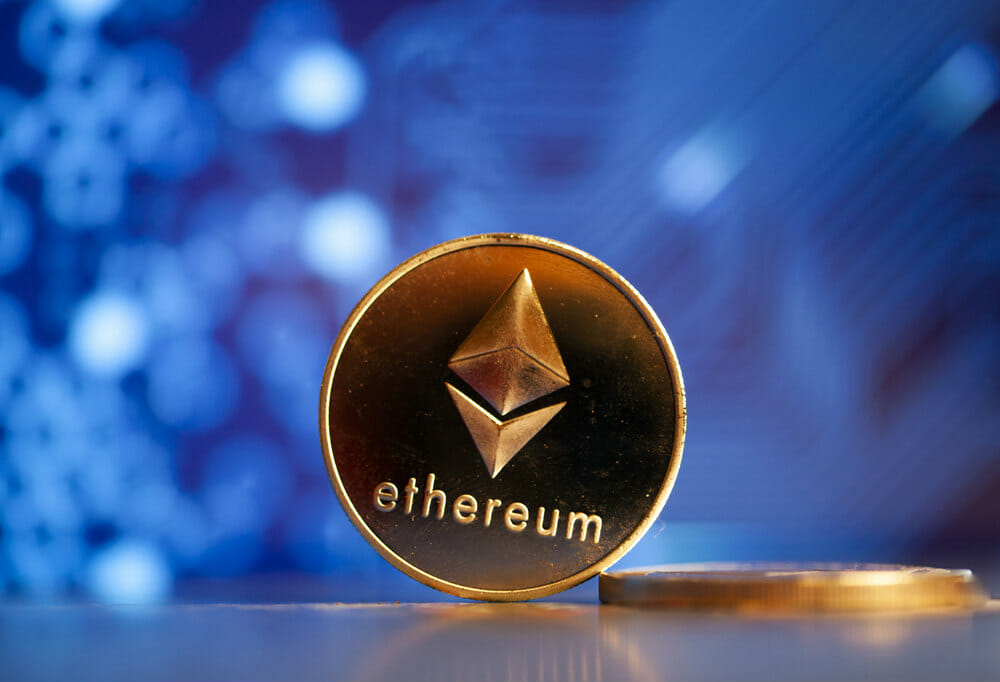“The Purge” marks a crucial milestone for Ethereum, focused on removing unnecessary data and reducing its technical debt. With modifications such as EIP-6780, this phase seeks to optimize node resources and simplify the Ethereum protocol. These efforts promise to improve network accessibility and facilitate future development, while maintaining strong decentralization.
Vitalik Buterin has just revealed the next phase of Ethereum known as “The Purge”. The goal of the developers through this step is to be able to configure a system to delete the history of old and superfluous data in order to free up space on the network.
It was thought that after the famous “Merge”, Ethereum’s transition from a Proof-Of-Work (PoW) consensus model to Proof-Of-Stake (PoS), the network would not undergo major transformations. However, it appears that this transition was just the beginning of a broader development journey for Ethereum, which includes four other phases: The Surge, The Verge, The Purge, and The Splurge.
What’s in Store for Ethereum’s “The Purge”?
The third stage, “The Verge”, is currently taking place, but its fourth stage, “The Purge”, is approaching. Vitalik Buterin, one of the co-founders of Ethereum, recently revealed upcoming changes aimed at simplifying the protocol and reducing the resource load on nodes. These adjustments are an integral part of this crucial stage called “The Purge.”
Ethereum’s “purge” phase is part of a protocol simplification process, illustrated in particular by the Ethereum improvement proposal EIP-6780 that modifies the SELFDESTRUCT opcode.
The EIP-6780, by limiting the functionality of the SELFDESTRUCT opcode, perfectly embodies this simplification strategy. Previously, this opcode allowed a contract to self-destruct and dump its code and storage, a feature now restricted to limit abuse and technical complications.
Therefore, this modification brings new invariants to the network, improving performance and security, while reducing the burden on Ethereum (ETH) client developers. Beyond EIP-6780, other “purges” are taking shape, such as removing obsolete code and improving management of historical network data.
Geth’s removal of support for pre-merge (Proof-Of-Work) networks, optimization of “empty accounts” management, and introduction of an 18-day storage window for blobs in Dencun are examples. concrete aspects of this simplification approach.
These initiatives not only reduce technical debt but also make life easier for developers and node operators by significantly alleviating their storage and compute limitations.
What Else Will Happen to “The Purge” of Ethereum?
The transformation brought about by “The Purge” has a considerable impact on the Ethereum ecosystem as a whole. The abandonment of little-used precompilations, for example, while simplifying the network, raises the question of the future of the applications that used them.
This raises a broader idea about how protocol changes can influence decentralized application developers and, by extension, end users. The introduction of EIP-4444, which itself plans to limit historical block storage on default nodes, illustrates another dimension of this evolution.
While on the one hand this could lower the barrier to entry for operating an Ethereum node, it also raises questions. In particular, about the preservation of network history and the distribution of this responsibility.
Establishing specialized peer-to-peer networks to store and transmit this history could be a solution. However, it will require renewed coordination and trust within the Ethereum community.
However, “The Purge” also raises important questions about the future of Ethereum. How will these changes affect decentralized application developers and end users? Will there be trade-offs between protocol simplification and flexibility for future innovations? How will the Ethereum community and stakeholders adapt to take advantage of these developments while maintaining the strength of the network?
By Audy Castaneda











